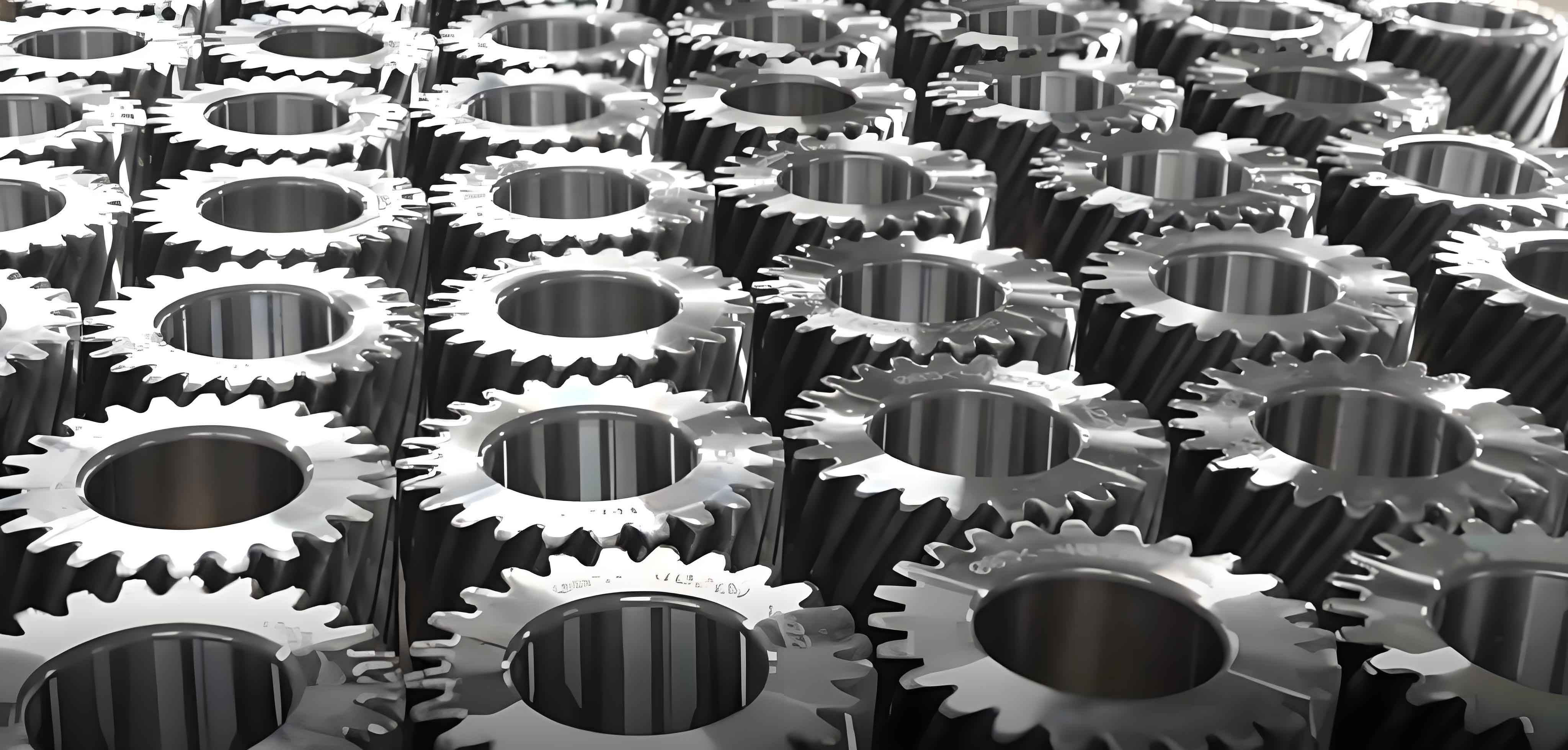
Introduction
The integration of advanced spur gear technologies in electric vehicles (EVs) marks a significant stride towards enhancing performance, efficiency, and longevity. Spur gears, a fundamental component in the transmission systems of EVs, play a crucial role in transmitting power from the electric motor to the wheels. By optimizing spur gear design, manufacturers can achieve superior vehicle performance, quieter operation, and more reliable drivetrains. This article explores the advancements in spur gear technologies and their impact on electric vehicle performance.
Understanding Spur Gears
Definition and Functionality: Spur gears are cylindrical gears with teeth that project radially and are aligned parallel to the axis of rotation. These gears are the simplest type of gear, commonly used in electric vehicles to transmit power between parallel shafts.
Components of a Spur Gear:
- Gear Teeth: Engage with other gear teeth to transmit torque and rotation.
- Pitch Circle: An imaginary circle that runs through the points where the gear teeth effectively engage.
- Face Width: The width of the teeth along the gear’s axis.
- Module: A measure of the size of the gear teeth based on the pitch circle diameter and the number of teeth.
Advances in Spur Gear Technologies
Materials and Manufacturing Innovations:
- High-Performance Alloys: Use of materials such as titanium and advanced steel alloys for higher strength and durability.
- 3D Printing: Enables the production of complex gear geometries that are difficult to achieve with traditional machining processes.
- Surface Treatments: Techniques like carburizing and nitriding enhance surface hardness and fatigue resistance.
Design Enhancements:
- Helical Tooth Design: Although traditionally straight, modern spur gears often incorporate slight helical designs to reduce noise and increase load capacity.
- Lightweight Structures: Optimization of gear design to reduce weight without compromising strength, enhancing overall vehicle efficiency.
Table 1: Comparison of Traditional and Advanced Spur Gear Materials
| Material Type | Benefits | Typical Applications |
|---|---|---|
| Traditional Steel Alloys | Cost-effective, Durable | Standard EV Models |
| Advanced Steel Alloys | Enhanced Strength, Improved Fatigue Resistance | High-Performance EV Models |
| Titanium | Lightweight, Exceptional Strength | Aerospace-Inspired EV Designs |
| Composite Materials | Corrosion Resistance, Reduced Weight | Concept EVs |
Impact on Electric Vehicle Performance
Enhanced Efficiency:
- Reduced Weight: Lighter gears contribute to lower overall vehicle mass, which directly improves energy efficiency.
- Optimized Gear Ratios: Advanced calculations and designs allow for gear ratios that better match the torque and speed requirements of electric motors.
Improved Durability and Reliability:
- Increased Load Capacity: Stronger materials and improved designs allow gears to handle more power without increasing size or weight.
- Longer Lifespan: Surface treatments and high-quality materials extend the operational life of gears, reducing maintenance needs and costs.
Noise Reduction:
- Smooth Engagement: Refined tooth designs lead to smoother engagement and reduced vibration, lowering the noise level inside the vehicle.
List of Benefits of Advanced Spur Gear Technologies in EVs:
- Enhanced torque transmission
- Improved power efficiency
- Extended gear and vehicle lifespan
- Reduction in operational noise
- Increased reliability and performance under high-load conditions
Conclusion
The evolution of spur gear technologies plays a pivotal role in the advancement of electric vehicle performance. Through innovations in materials, design, and manufacturing processes, these gears significantly enhance the efficiency, durability, and overall driving experience of EVs. As the demand for more powerful and efficient electric vehicles grows, the role of advanced spur gears will become increasingly crucial in the automotive industry’s shift towards sustainable transportation solutions. This continual improvement in spur gear technology not only supports the performance demands of modern EVs but also aligns with global efforts to reduce carbon footprints through more efficient vehicle designs.
